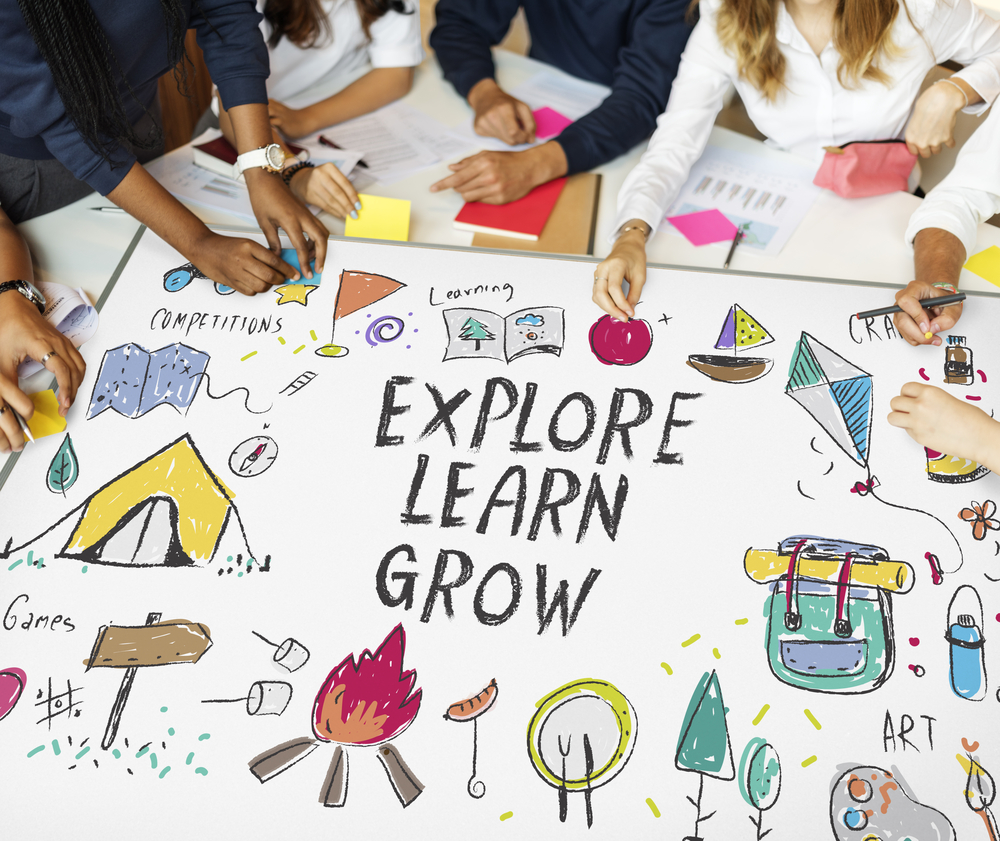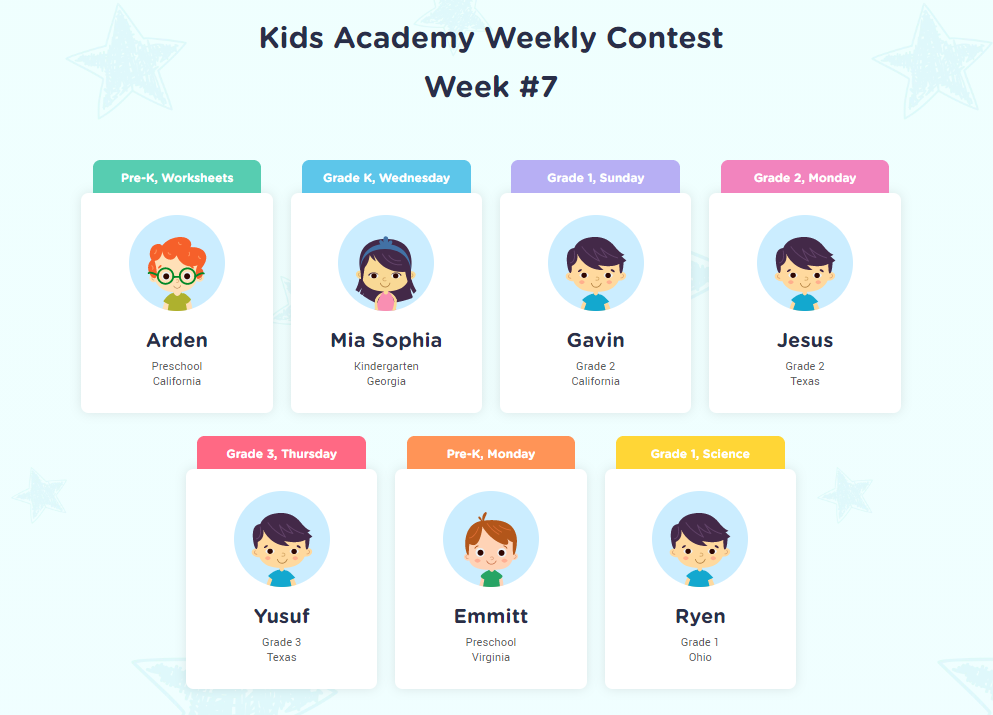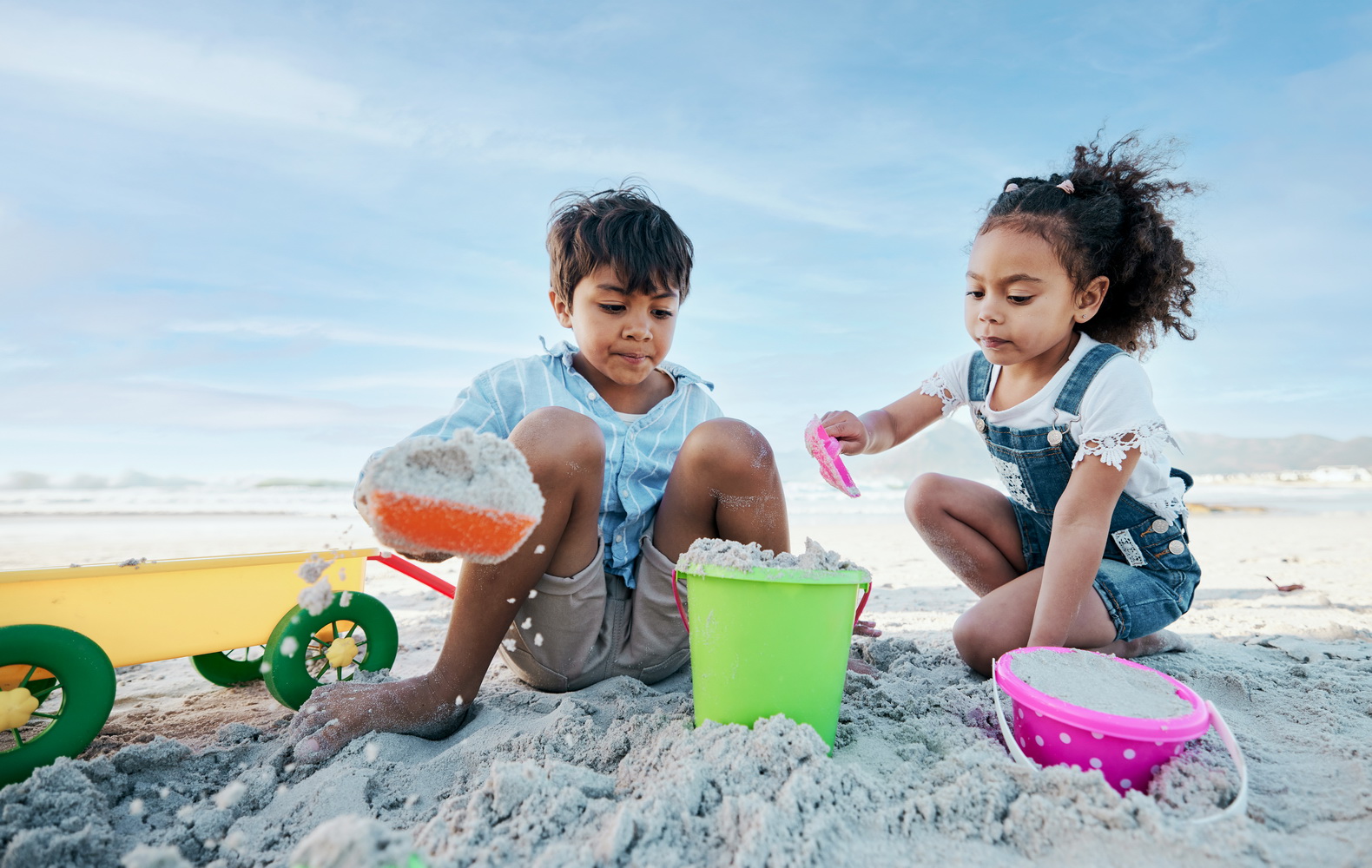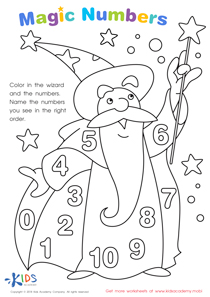Comparing objects Extra Challenge Worksheets for Ages 3-9
3 filtered results
-
From - To
Unlock your child's potential with our "Comparing Objects Extra Challenge Worksheets" designed for ages 3-9. These engaging worksheets provide a fun and effective way for young learners to develop critical thinking and analytical skills. Each activity encourages children to explore similarities and differences between various objects, enhancing their observational abilities and vocabulary. From sorting shapes and sizes to contrasting colors and features, these extra challenges promote hands-on learning in a captivating way. Ideal for parents and teachers, our worksheets can be easily printed and used for homework, classroom activities, or playful learning sessions at home. Ignite curiosity and confidence today!
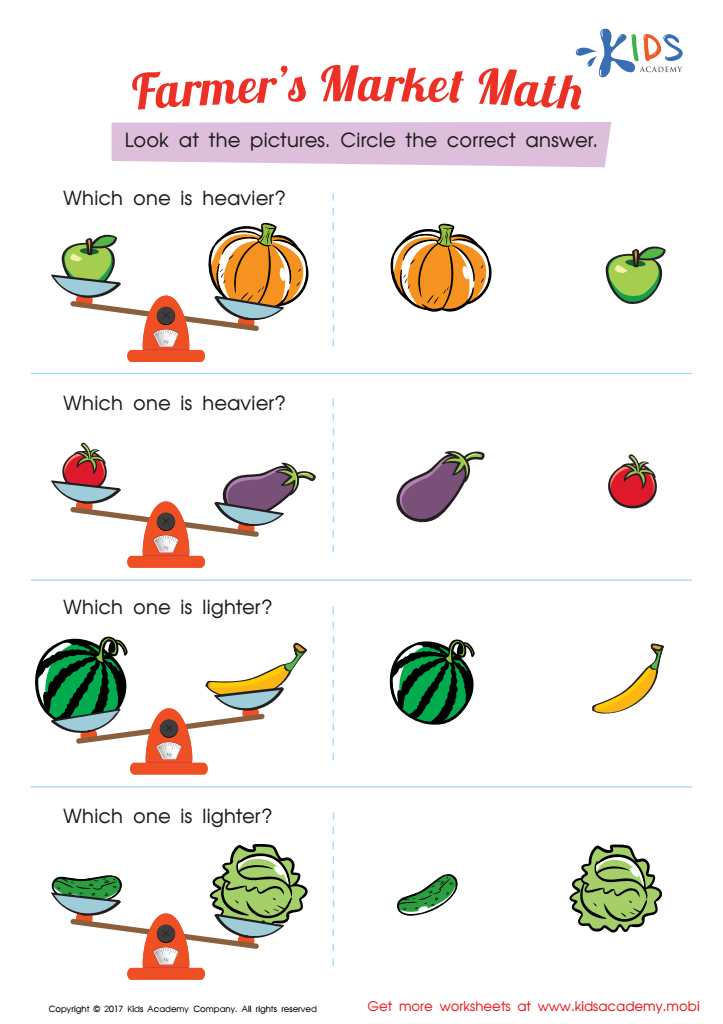

Which One Is Heavier Worksheet
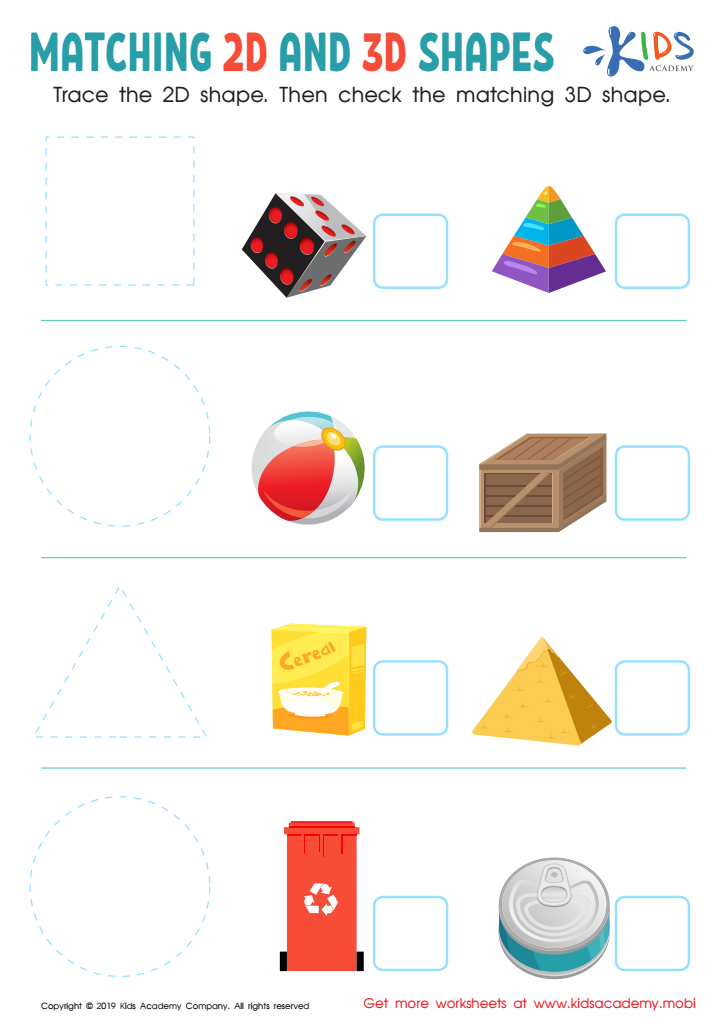

Matching 2D and 3D Shapes Worksheet


Classifying by Size Sorting Worksheet
Comparing objects is a fundamental skill that helps children develop critical thinking, observation, and analytical abilities. For parents and teachers working with children ages 3-9, fostering this skill through extra challenges can enhance cognitive development and early mathematical understanding. When children compare objects, such as size, weight, or quantity, they learn to categorize and differentiate, building essential reasoning skills that are foundational for future learning.
Engaging children with comparing activities encourages curiosity and exploration. It gives them the opportunity to ask questions and make observations about the world around them, an important aspect of early science education. Furthermore, when children learn to compare, they practice language skills by articulating their observations, which boosts communication abilities and vocabulary development.
Using extra challenges creates an interactive environment where learning becomes a playful and engaging experience. This not only captures children's attention but also promotes social skills through collaborative tasks. By incorporating comparing objects into the curriculum, parents and teachers can cultivate a joy for learning and a base for more complex mathematical concepts in the future. Overall, prioritizing comparing activities enriches children’s educational experiences, laying the groundwork for lifelong learning.
 Assign to My Students
Assign to My Students




